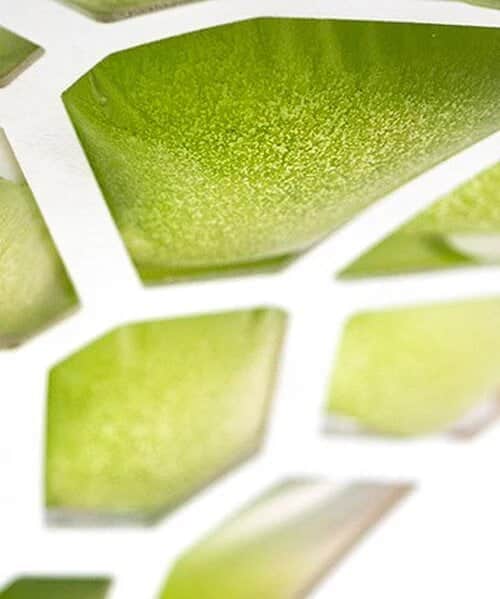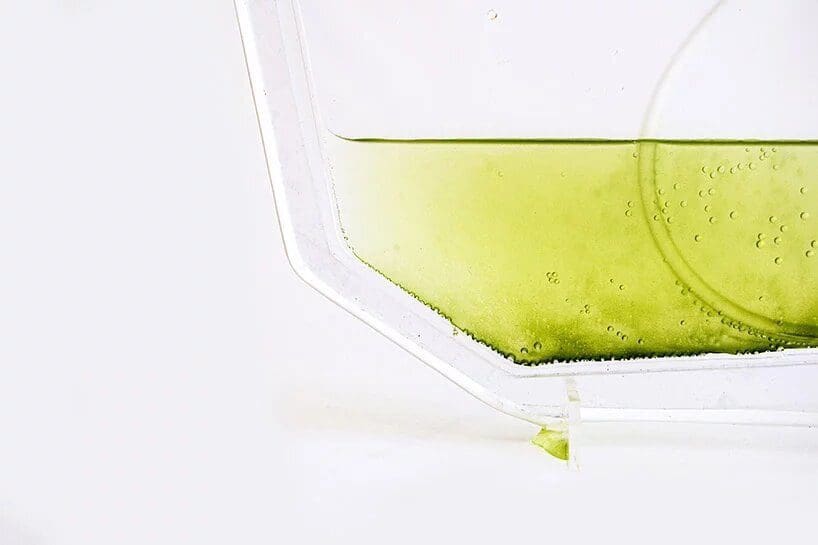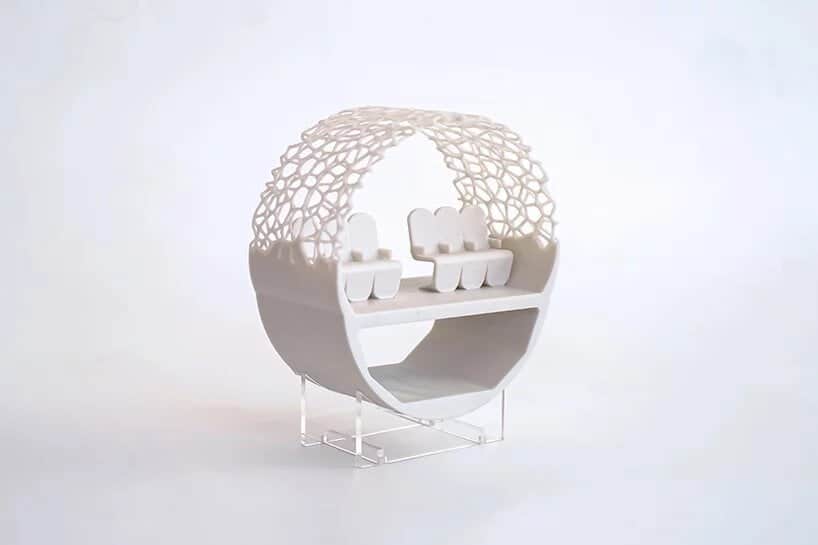Recent developments and investments in synthetic biology, biotechnology and genetics have made the design and production of biological systems more precise than ever.
The development in question is inspired by existing projects on houses powered by algae and biosynthetic materials. Really promising technologies in the field of sustainability, and they have infinite applications that are all contained in the concept of bioavionics.
Aerium is a design project created by Hanson Cheng, Deepak Mallya, Julian Ellis-Brown & Mi Zhou. Explore the capabilities of an innovative performative “skin”.


Bioavionics integrates biological and electromechanical systems to see how their interaction will change our flight experiences.
aerium is a structure for multilayer aircraft cabins which focuses on three systems: hydration, oxygenation and energy generation.
Hydration: occurs through a microstructure of biopolymers that covers the external structure of the cabin. This material captures condensation from the new ones, guides it towards the tail of the aircraft and collects it to provide clean water and waste water inside the aircraft.plane.
Oxygenation and energy generation: are possible through a sort of computer-generated skeleton that minimizes the weight of the cabin, increasing its resistance and allowing fuel savings. Integrated into its structure is a layer of synthetic chloroplasts extracted from algae and suspended in a graphene matrix. As in plants, these synthetic organelles convert light and CO2 exhaled by passengers to generate clean air and electricity in a process of photosynthesis.

Airplanes are inactive today when you stop at the airport. With the development of bioavionics, it is legitimate to imagine a future in which airplanes will provide themselves for a whole series of needs.
Not only that, they will accumulate energy in flight and will return it from stationary, also feeding airports.

